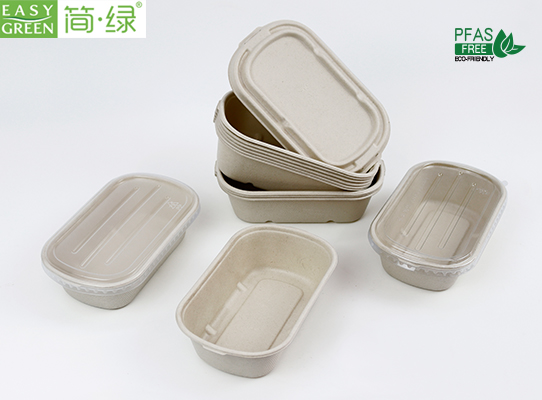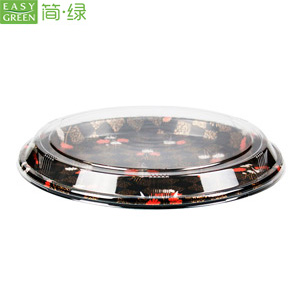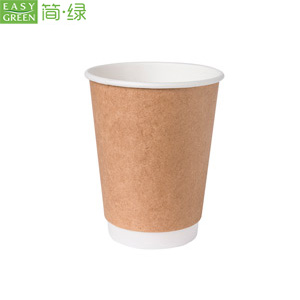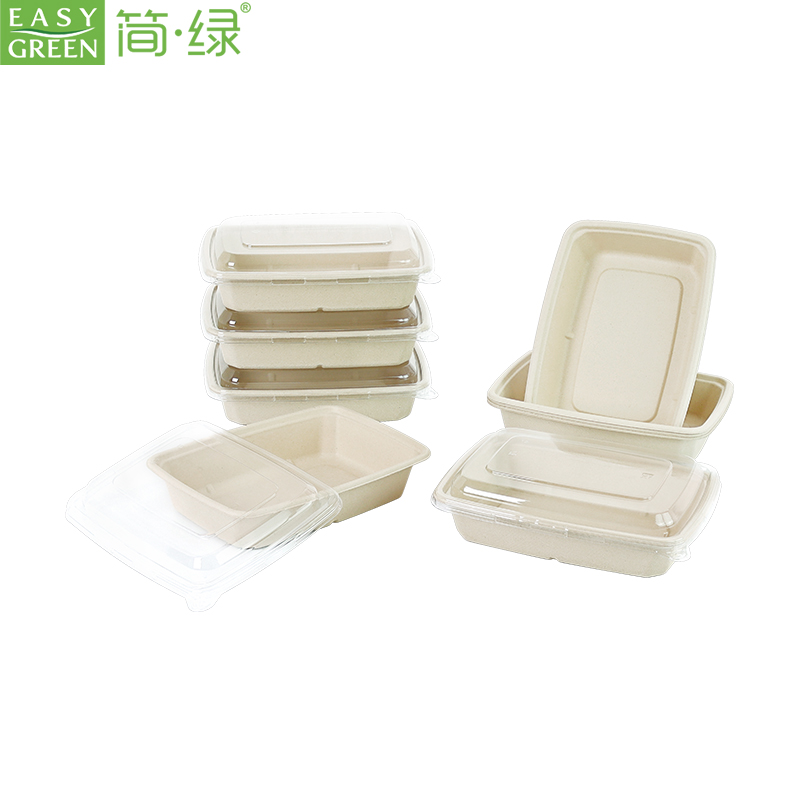In the ever-evolving landscape of sustainable practices, elementary schools are taking a lead by embracing eco-friendly solutions, especially in the realm of school cafeterias. One notable innovation making a positive impact is the introduction of biodegradable 5 compartment trays. This blog delves into how these trays are nurturing both young minds and environmental consciousness.
Eco-Education on the Tray: Teaching Sustainability Through Example
Elementary school years are crucial for instilling values that shape a child's perspective on the world. Biodegradable 5 compartment trays offer an opportunity to teach sustainability in a tangible and relatable way. As young students use these trays daily, they witness firsthand the importance of reducing waste and choosing environmentally friendly alternatives. The tray becomes a silent but powerful teacher, sowing the seeds of eco-consciousness in growing minds.
Balancing Act: The Five Compartments and Nutritional Education
The design of these trays isn't just about being environmentally friendly; it's also about promoting healthy eating habits. The five compartments encourage a well-balanced meal, making it easier for children to visualize and understand the components of a nutritious lunch. From fruits and veggies to proteins and grains, these trays become a tool for nutritional education, fostering a holistic approach to wellness in young learners.
From Lunchbox to Compost Bin: Closing the Sustainability Loop
Biodegradable 5 compartment trays complete the sustainability loop in elementary schools. The trays are made from materials that break down naturally, offering a solution to the persistent problem of plastic waste. As students finish their meals, the compostable nature of the trays teaches them the importance of responsible waste disposal. This full-circle approach not only minimizes the environmental impact but also reinforces the idea that every action has consequences, emphasizing the significance of responsible choices.
A Greener Cafeteria Experience: Reducing the Carbon Footprint
The adoption of biodegradable 5 compartment trays in elementary school cafeterias contributes significantly to reducing the carbon footprint of school lunch programs. Traditional disposable trays often end up in landfills, taking years to decompose. In contrast, these biodegradable trays break down more rapidly, lessening the environmental burden. This shift towards greener cafeteria practices not only benefits the planet but also sets a positive example for the students, showcasing the power of collective efforts in creating a more sustainable future.
Community Engagement: Involving Parents and Teachers in Sustainable Initiatives
The introduction of biodegradable 5 compartment trays creates an opportunity for schools to engage parents and teachers in the conversation about sustainability. Through newsletters, workshops, and events, the school community can come together to understand the impact of these trays on both the environment and the educational experience. This collaborative effort fosters a sense of shared responsibility for the planet and encourages a holistic approach to sustainability that extends beyond the school cafeteria.
In conclusion, the implementation of biodegradable 5 compartment trays in elementary school cafeterias is more than just a practical solution for meal service; it's a transformative tool for educating the next generation. By integrating eco-friendly practices into daily routines, schools play a pivotal role in growing green minds that understand the importance of making choices that benefit both themselves and the planet. The tray, once a simple piece of tableware, becomes a catalyst for change, nurturing a generation of environmentally conscious individuals.
 English
English 






